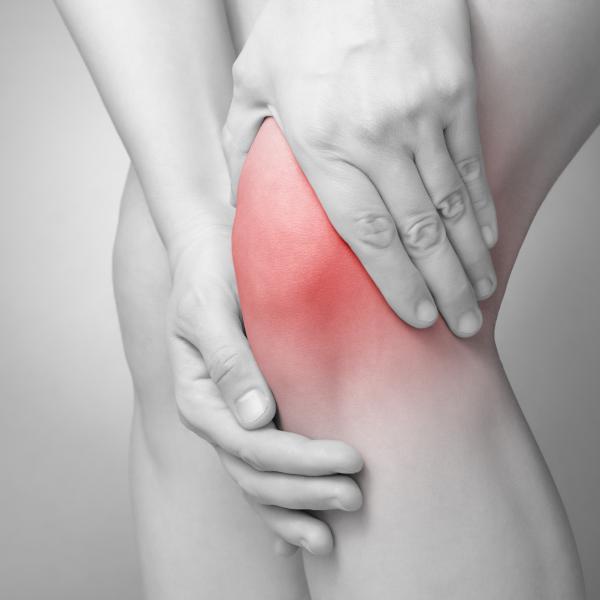
By Nicole Domain and Cori Cameron
The knee is both the largest and most complicated joint in our bodies. Whether we're walking or bending, the knee plays a critical role in our motion. When injured, it can cause every day movements like going upstairs or even walking to be difficult. Unfortunately, the older we get, the more chance we have to sustain some sort of knee injury. The more we know about common causes and conditions and ways prevent knee injuries, the better chance we have to avoid some of them.
Get Your Free Physical Therapy Screening
Interested in physical therapy for your knee problems? Get a free screening and let us help you start the path to recovery today.
GET MY COMPLIMENTARY SCREENING
Common Causes
Knee pain is typically caused by injury, but there are other causes as well.
- Injury – Occurs when there has been damage to one, if not more, of the structures in the knee.
- Sudden (Acute) Injuries - These injuries are typically caused by bending or twisting abnormally, a direct blow to the knee, or falling directly on the knee.
- Overuse Injuries - These injuries occur when too much stress is placed on the joint by "overdoing" or doing an activity repetitively. Activities such as stair climbing, bike riding, jogging or jumping can all be causes of overuse injuries.
- Other Causes – Some people are more likely to develop issues with their knees than others. Getting older, certain activities and jobs, and even dieseases such as osteoporosis or arthritis can increase the chance on knee problems.
Common Conditions
Knee pain can be caused by any one of these common conditions:
- Osteoarthritis – The most common disease affecting the knee; pain and swelling is caused by the cartilage in the knee gradually wearing away.
- ACL Injuries – A common sports injury, anterior cruciate ligament (ACL) tears are usually caused by a sudden twisting motion.
- Patellar (kneecap) fracture – Fractures can vary in magnitude. With some, it's a slight crack in the kneecap, but with others the kneecap is broken in many pieces. Many fractures are caused by high energy trauma, such as falls from significant heights and motor vehicle collisions.
- Dislocation – This occurs when the bones of the knee are either completely or partially out of place. Dislocations can be caused by an abnormality in the structure of a person's knee or by high energy trauma.
- Meniscal Tears – Menisci are "C" shaped structures made of thick cartilage that cushion the bones in the knee joint. A common sports injury, meniscus tears can occur when twisting, cutting, pivoting, or being tackled. They can also occur as a result of arthritis or if the menisci have weakened with age.
Injury Prevention
Paula Savino, PT, MPT, and Clinical Case Manager, gives us some tips to help prevent and rehabilitate knee injuries:
Stay Flexible – Make sure to stretch your quads, hamstrings and hip flexor muscles daily. Hold those stretches for at least 30 seconds and repeat 2-3 times.
Keep Your Legs Strong – Focus on quad, hamstring and gluteal strengthening. Don’t forget your hip muscles! They are the key to proper knee stability, so try some squats and lunges.
Avoid Overtraining – Make sure you vary your exercises. Don’t always do the same thing. So get out there and run, go for a swim or take a bike ride. Then incorporate weight training to strengthen various muscle groups
Rehabilitation
If you have pain in your knee that isn't going away, rehabilitation is a great step to take to improve your functionality. During knee rehabilitation:
Be Prepared to Re-educate Your Muscles – Focus is on strong gluteal, quad, hamstring and gastroc muscles. This will help ensure good knee alignment with daily activities.
Be Balanced – Work on dynamic balance exercises to improve your proprioception and ability to stay upright.
Always think Proper Posture – Maintaining your center of gravity over your feet will reduce undue stress and strain on your knee.
Be Strong through Your Core – Your core provides for better overall stability of the knee by providing a foundation for proper movement patterns.
When weighing your treatment options for knee pain and injuries, consider physical therapy. Physical therapy offers a wide variety of treatment options including strengthening, stretching, and sustainable home exercise programs. Stop in or call any ATI location for a complimentary injury screen or to learn more about how physical therapy can help you overcome your knee pain. Click here to schedule a complimentary injury screen.
We've got what you kneed!
